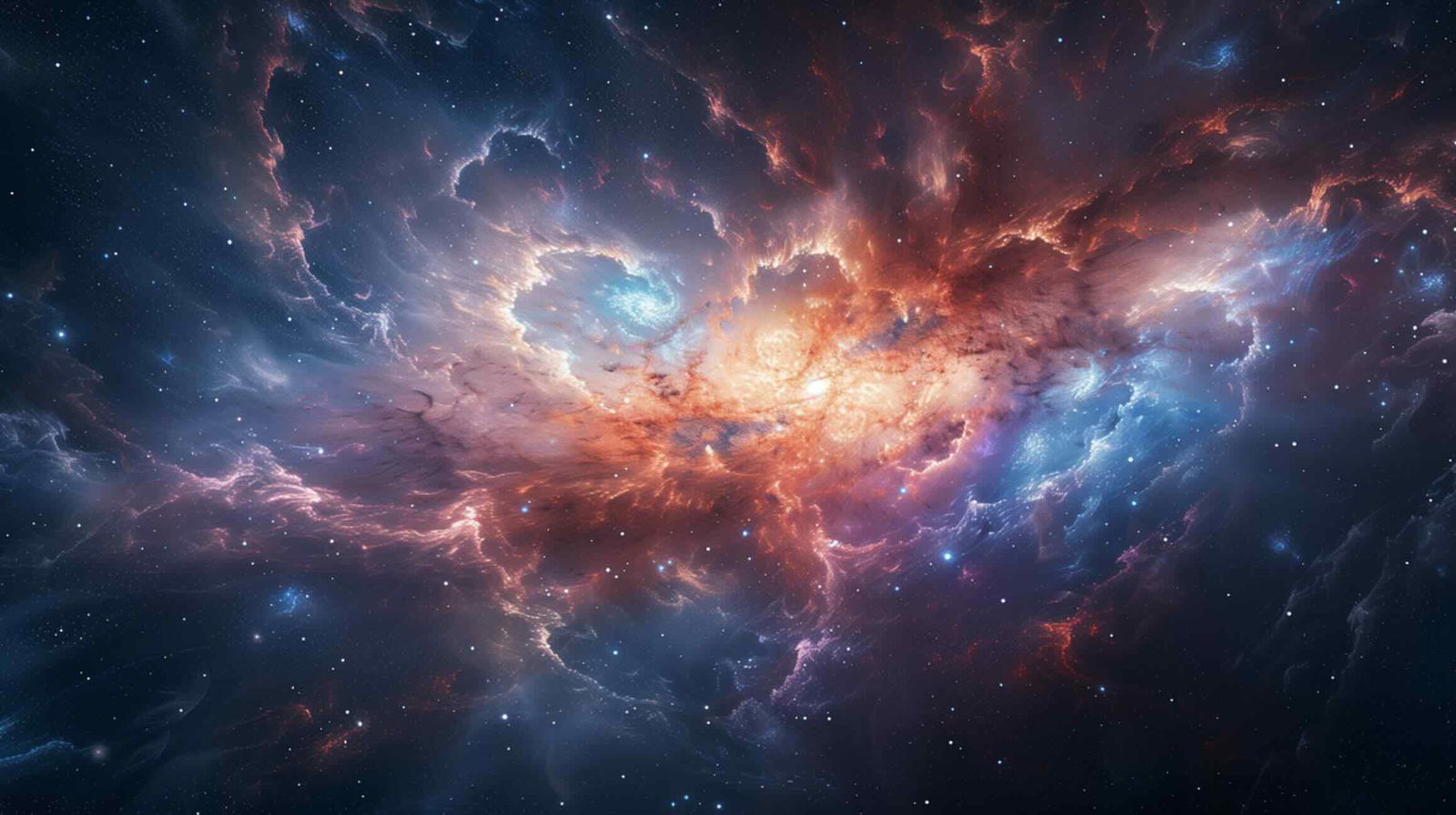For centuries, the fundamental assumption in cosmology has been that the universe is both homogeneous and isotropic when viewed on a sufficiently large scale. This idea, known as the “cosmological principle,” has been the foundation of modern cosmology and has influenced theories about the universe’s origin, structure, and evolution.
However, a new study using weak gravitational lensing data has tested this assumption, and the results could help us better understand the universe’s large-scale structure.
Published in the Journal of Cosmology and Astroparticle Physics (JCAP), a research team led by Dr. James Adam, a professor in the Department of Physics & Astronomy at the University of the Western Cape, Cape Town, South Africa, and colleagues from the United Kingdom, and France, has examined whether the universe’s expansion is truly uniform.
Their study investigates the potential for large-scale anisotropic expansion using cosmic shear measurements—distortions in the shapes of distant galaxies caused by the bending of light as it travels through spacetime.
“The Cosmological Principle is a cornerstone of the standard model of cosmology and shapes how we view the Universe and our place within it,” researchers wrote. “It is imperative, then, to devise multiple observational tests which can identify and quantify possible violations of this foundational principle.”
Weak gravitational lensing occurs when the gravitational field of large-scale structures—such as galaxy clusters—bends the path of light from distant galaxies. This bending subtly alters the shapes of galaxies in a way that can be statistically analyzed to infer properties of the intervening matter distribution.
While previous studies have primarily used the cosmic microwave background (CMB) and type Ia supernovae to test the isotropy of the universe, this new study leverages weak lensing as an independent probe.
The researchers focused on detecting B-modes in the weak lensing shear signal. In a perfectly isotropic universe, these B-modes should be negligible. However, significant B-modes could indicate deviations from the standard model’s predictions—possibly suggesting large-scale anisotropic expansion.
The study’s findings provide intriguing, albeit tentative, evidence that the universe’s expansion may not be entirely uniform at late times. The researchers argue that the cross-correlation between E-mode and B-mode shear signals—usually dismissed as systematics in standard weak lensing analyses—could be a valuable diagnostic tool for probing large-scale anisotropy.
The team estimated that a significant E-B mode cross-correlation signal could be detectable using simulated data comparable to what the upcoming Euclid survey will provide. Their statistical analysis suggests that if anisotropic expansion exists, it might leave measurable imprints in cosmic shear data, potentially challenging the fundamental assumptions of standard cosmology.
If these results are confirmed with real observational data, they could have profound implications for our understanding of dark energy, modified gravity, and the fundamental assumptions of the standard model of cosmology.
Some theoretical models, including those involving an anisotropic dark energy component or modified theories of gravity, could explain deviations from isotropy.
The researchers acknowledge that their analysis is preliminary and that systematic effects, such as instrumental noise and observational biases, must be rigorously accounted for. Future weak lensing surveys, such as those conducted by the Euclid satellite and the Square Kilometer Array (SKA), will provide the necessary high-precision data to test this hypothesis further.
The study represents a significant step toward using weak lensing as a precision tool for testing fundamental cosmological assumptions. While the evidence for anisotropic expansion is not yet definitive, the possibility challenges the long-held Cosmological Principle. If confirmed, these findings would necessitate a significant revision of our understanding of the universe’s large-scale structure and evolution.
As next-generation observational tools come online, the coming years could provide the clarity needed to determine whether the universe’s expansion is truly uniform or if the very fabric of spacetime tells a different story than we once thought.
“The primary purpose of this work is not to provide a rigorous analysis of the potential constraining power of Euclid, but to emphasize the E-B cross-correlation as an additional test of the Cosmological Principle,” the researchers concluded.
“We hope that our analysis will provide a general basis for future investigations into this topic.”
Tim McMillan is a retired law enforcement executive, investigative reporter and co-founder of The Debrief. His writing typically focuses on defense, national security, the Intelligence Community and topics related to psychology. You can follow Tim on Twitter: @LtTimMcMillan. Tim can be reached by email: tim@thedebrief.org or through encrypted email: LtTimMcMillan@protonmail.com

